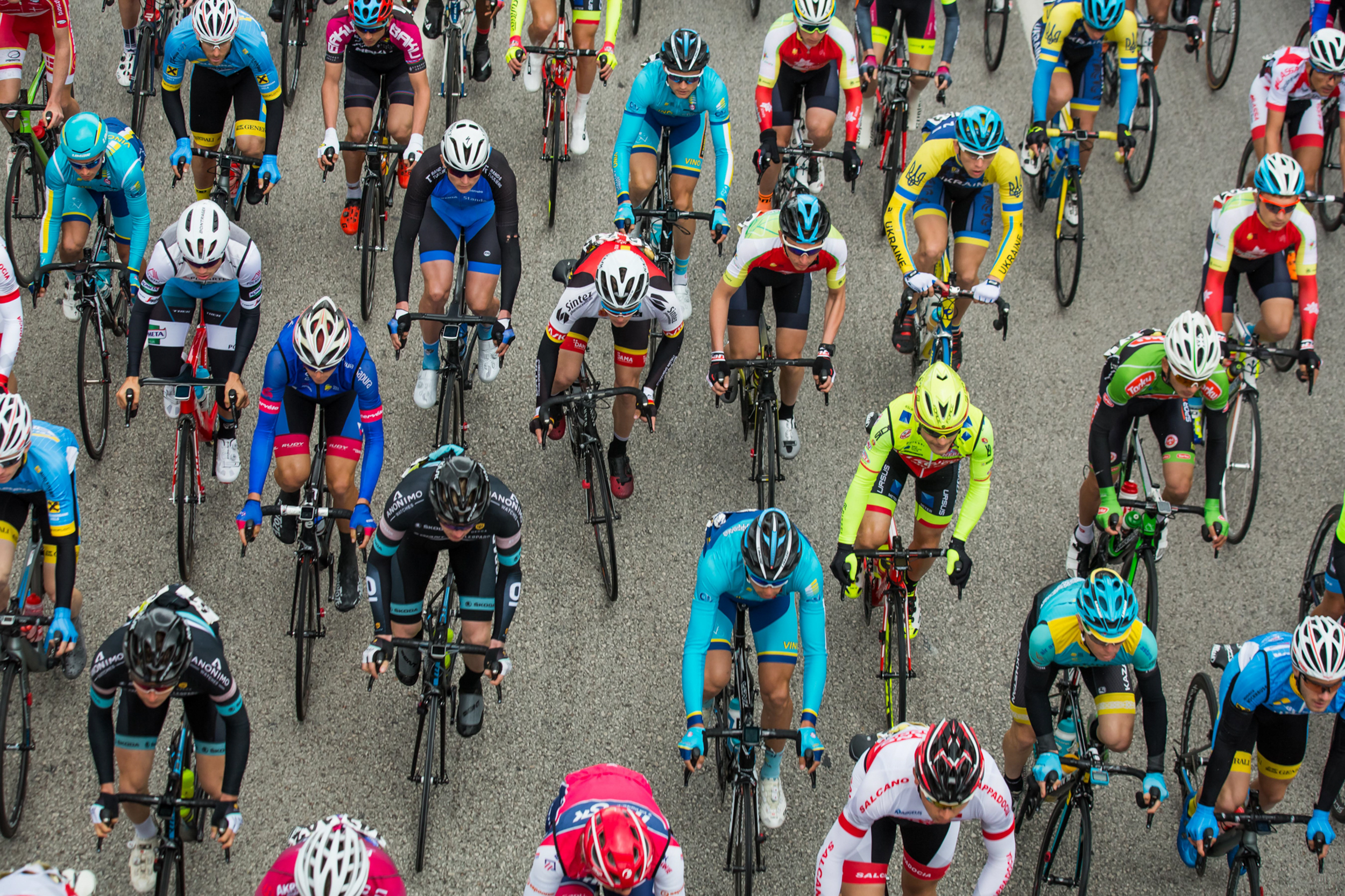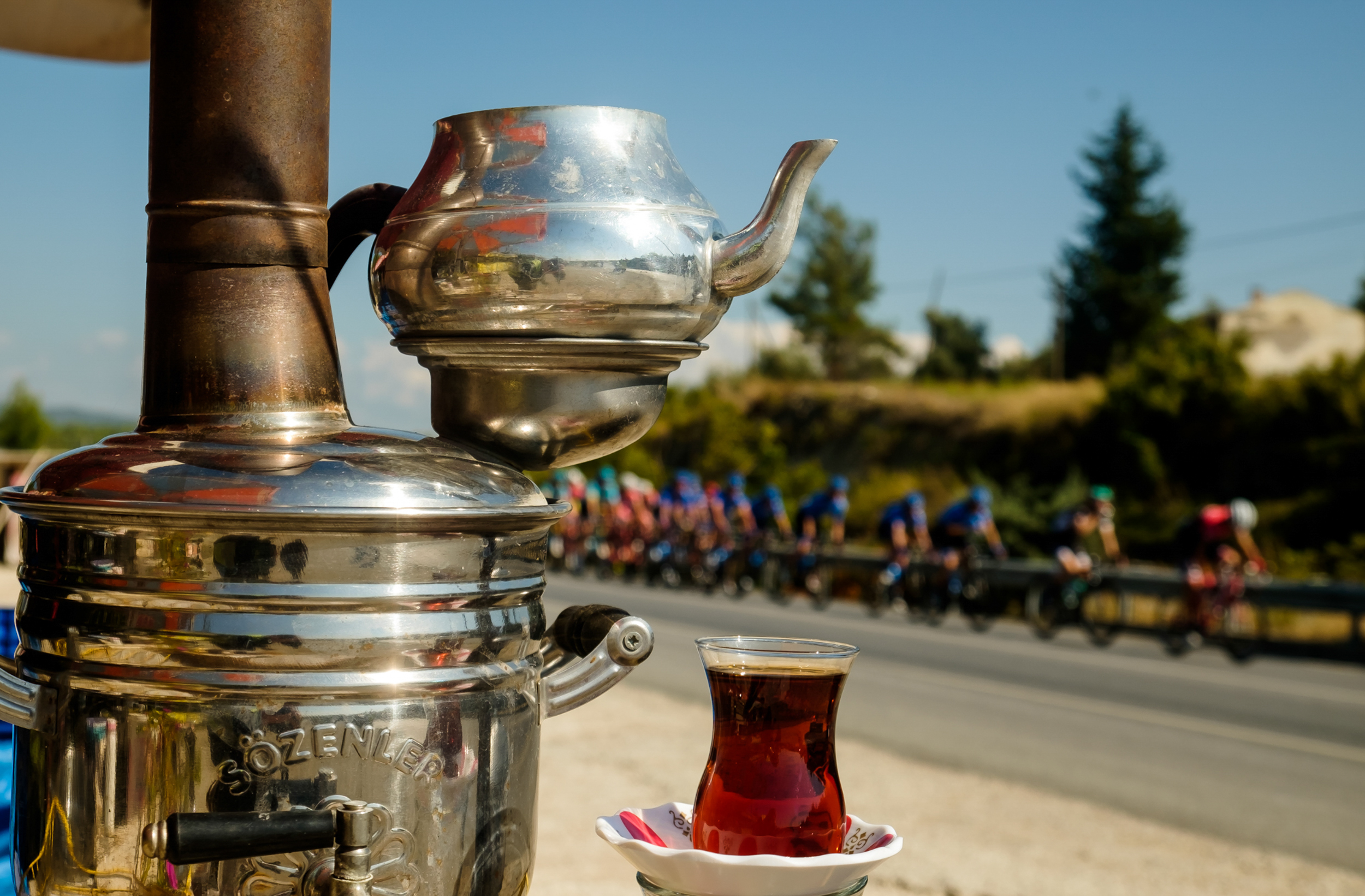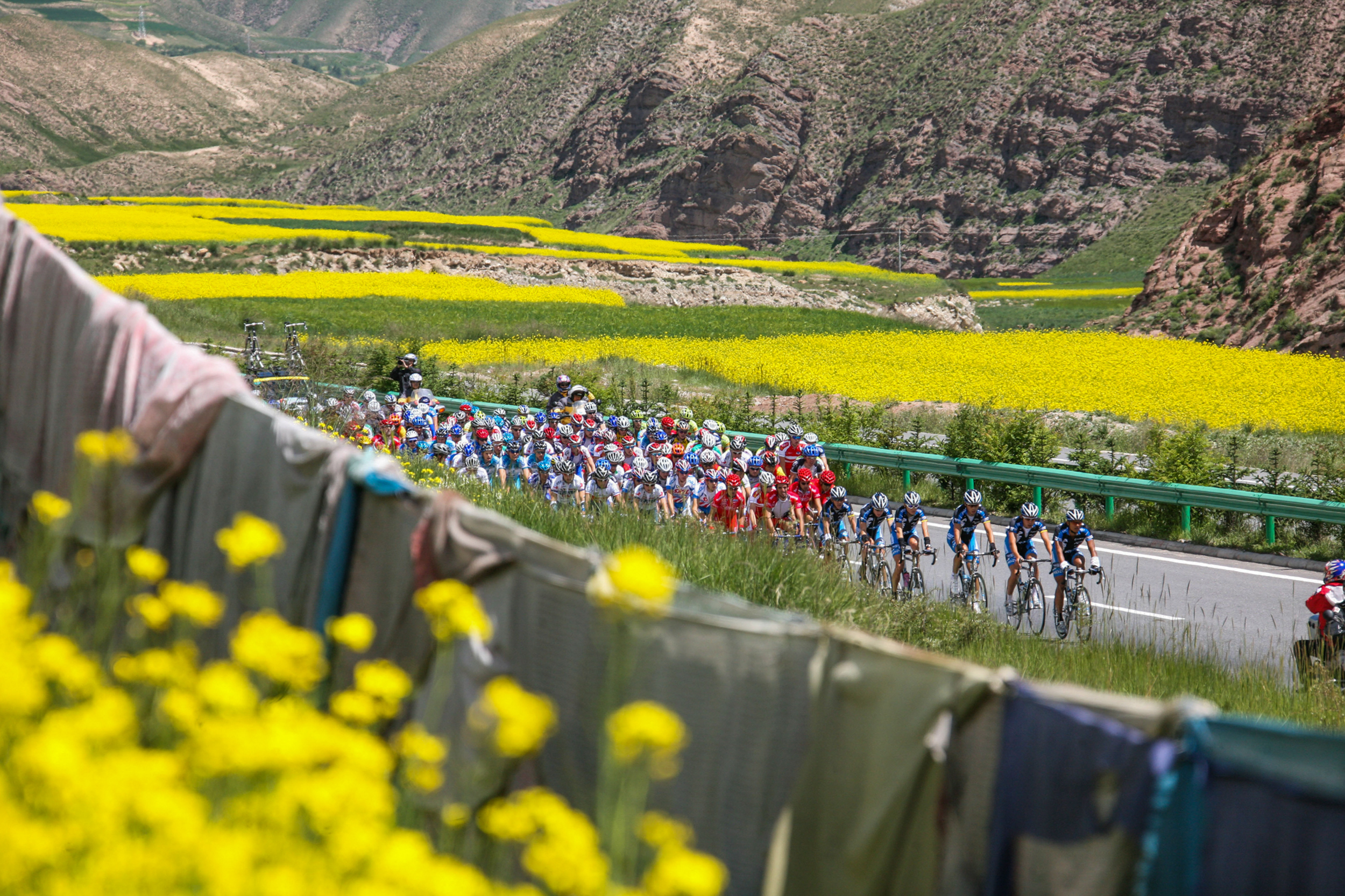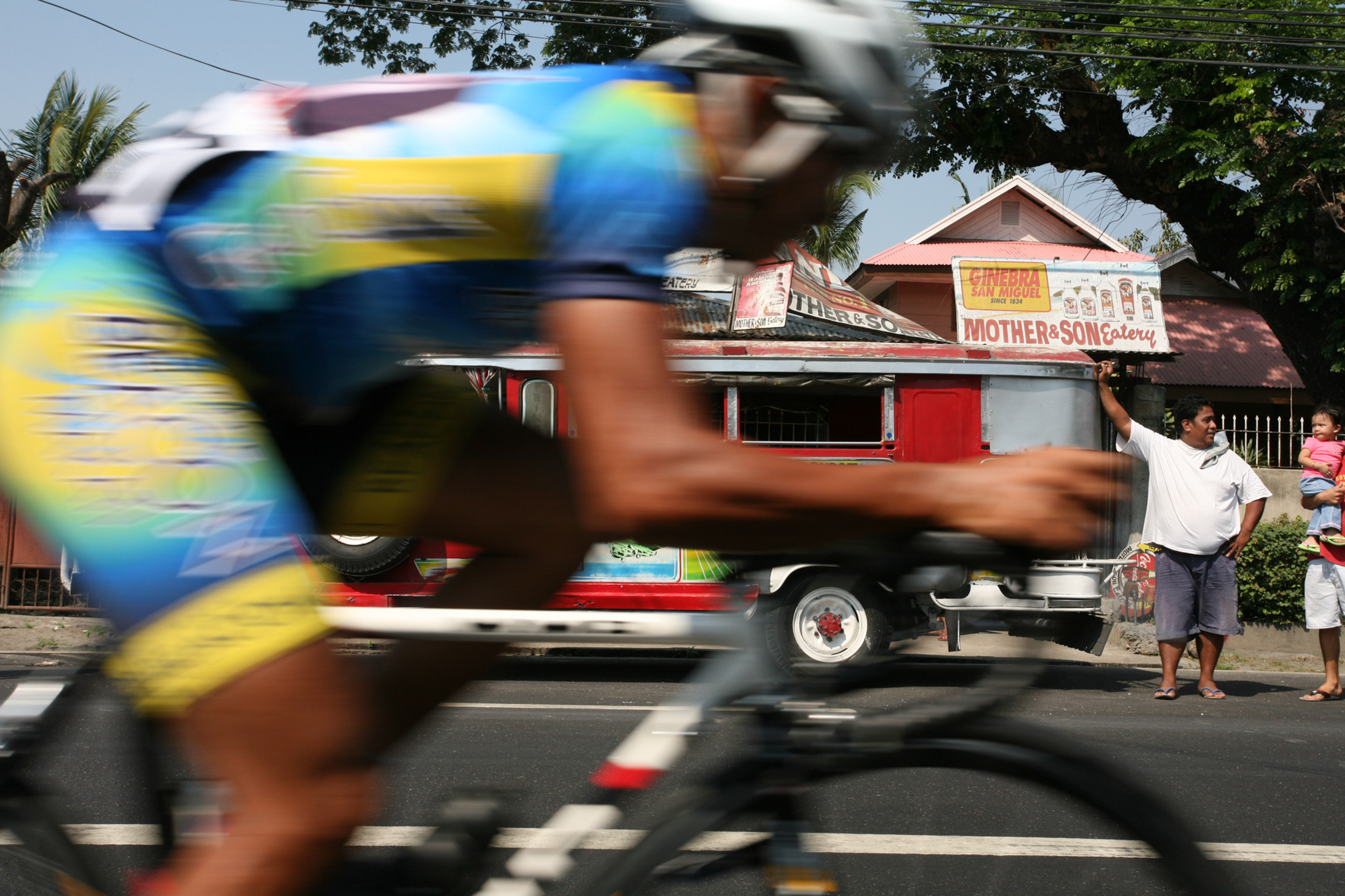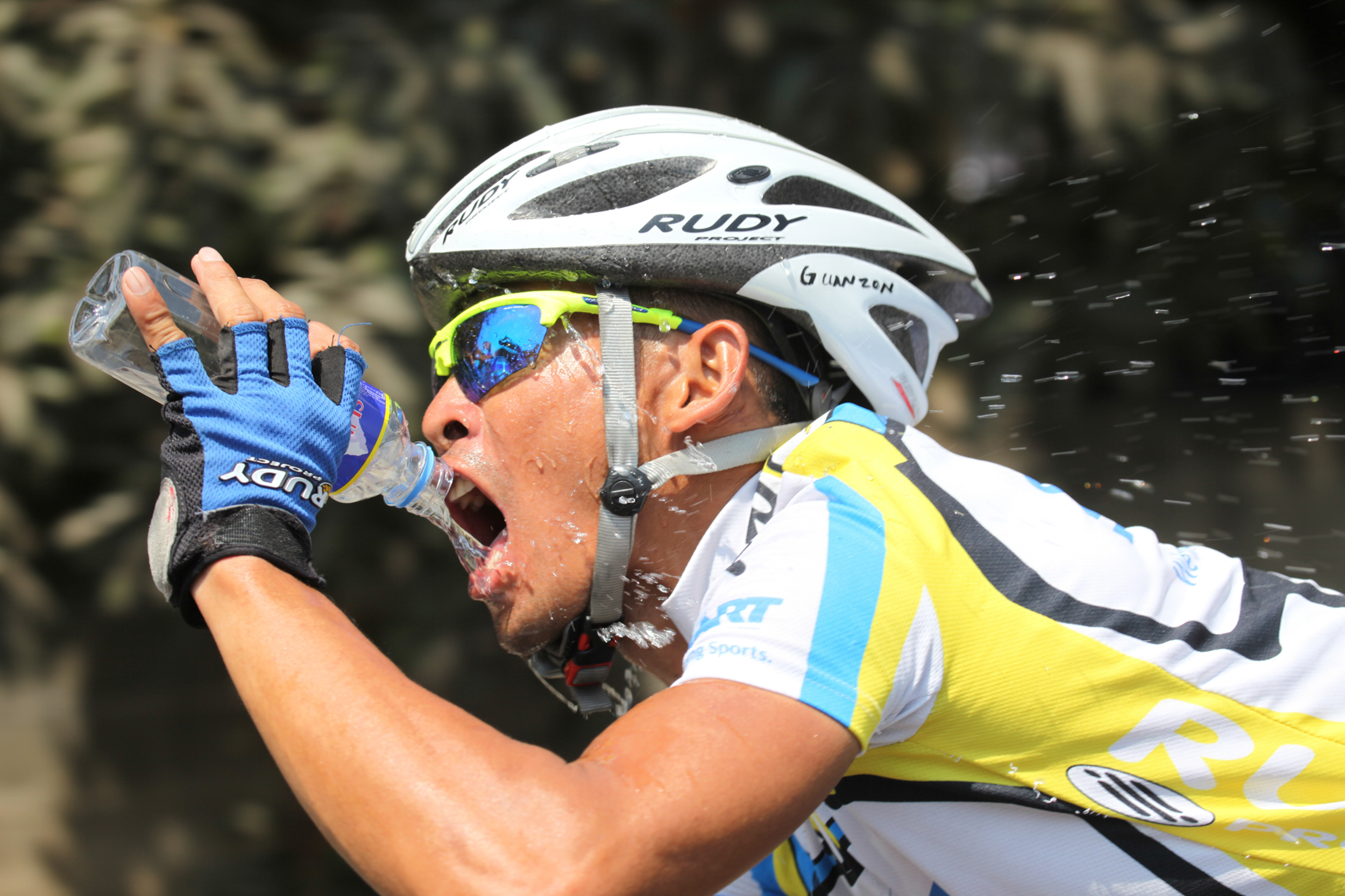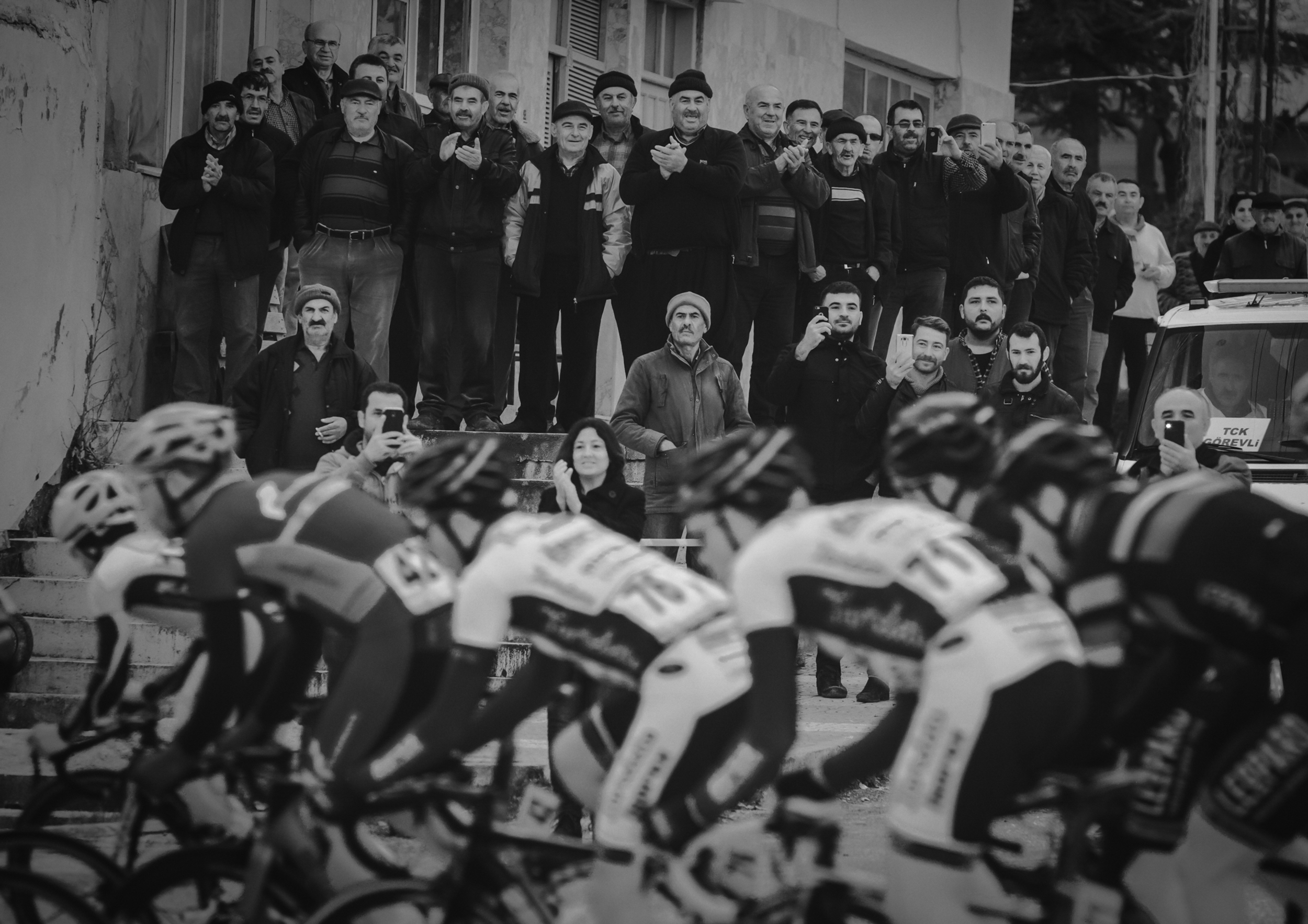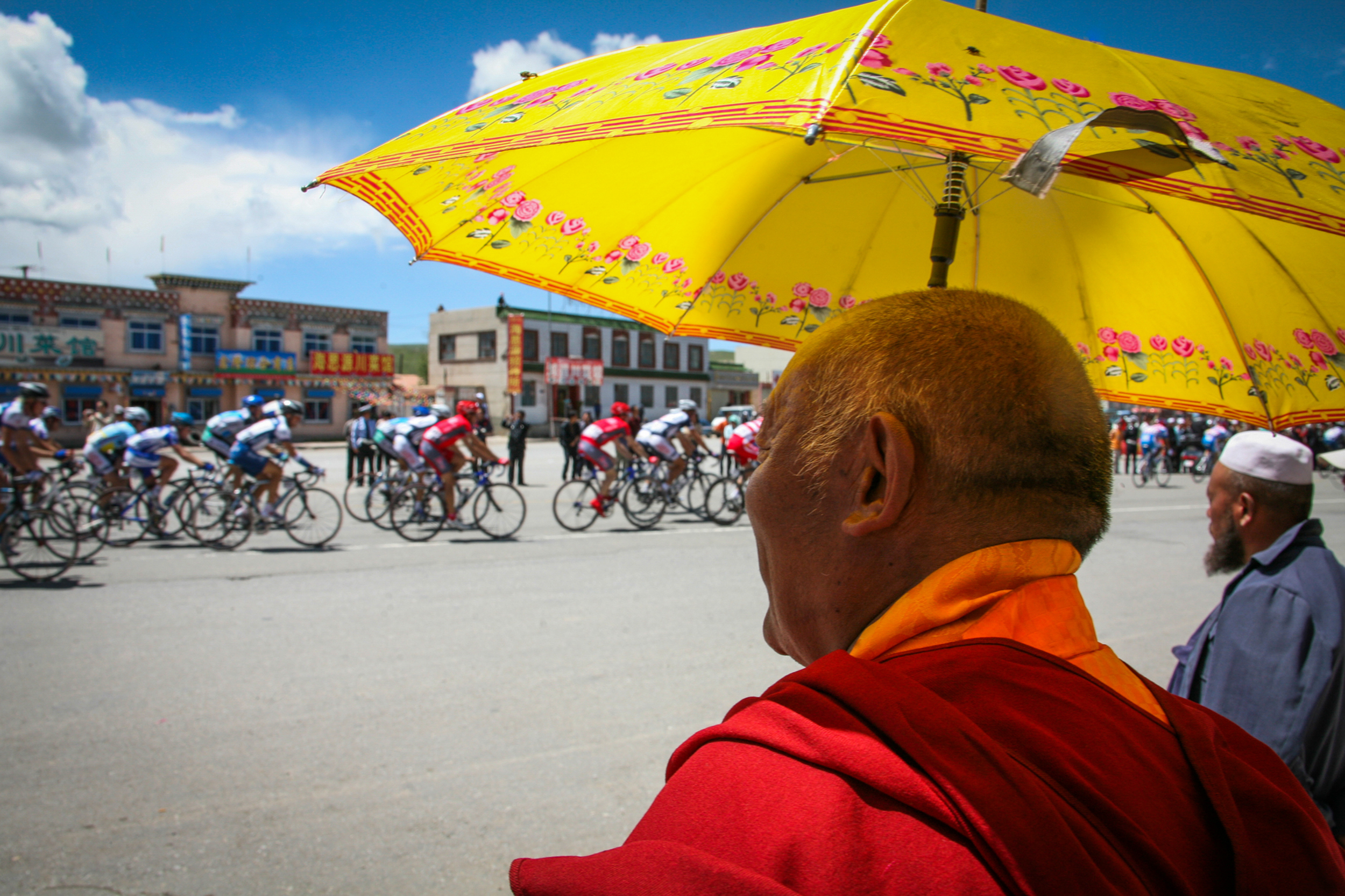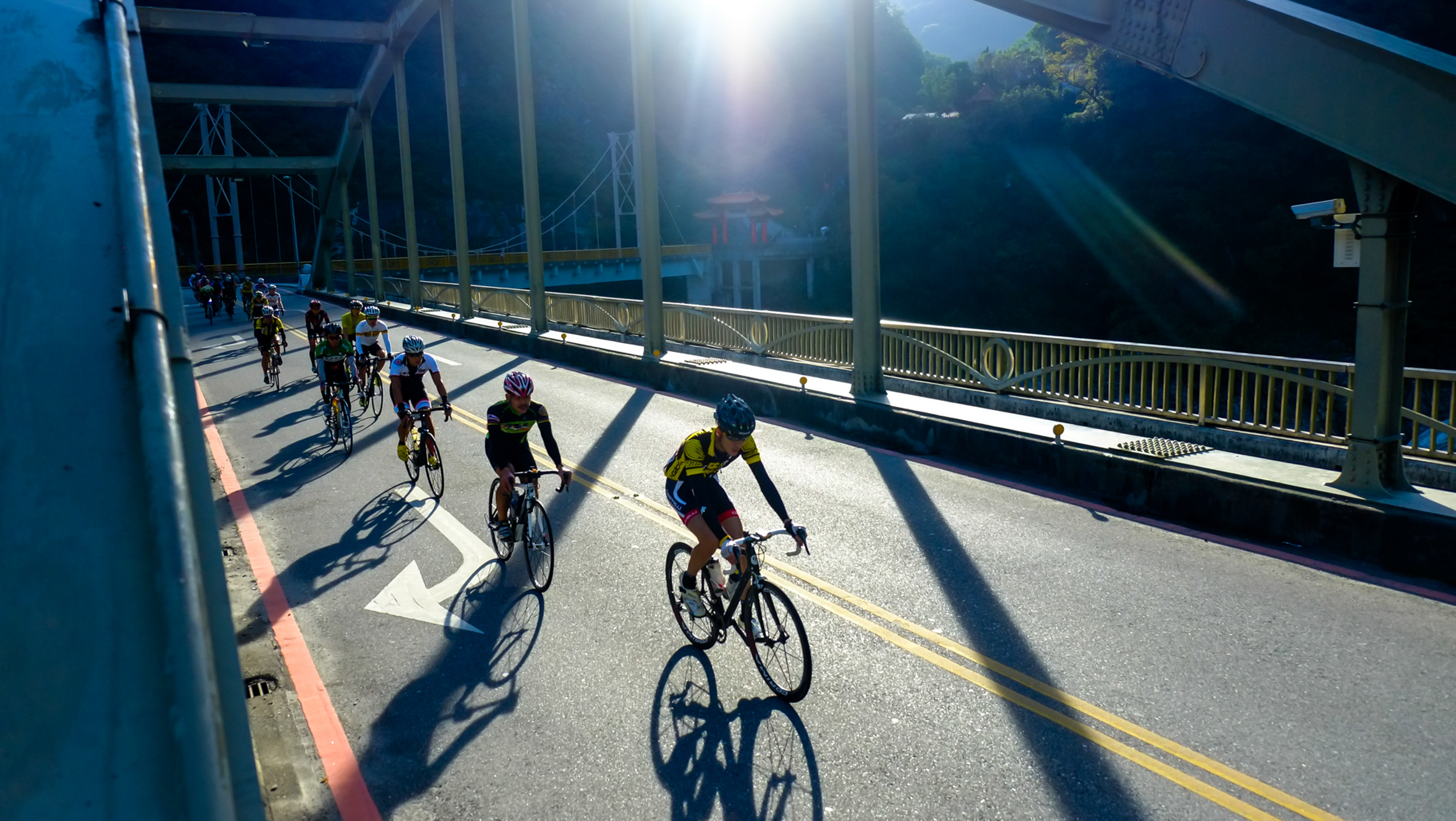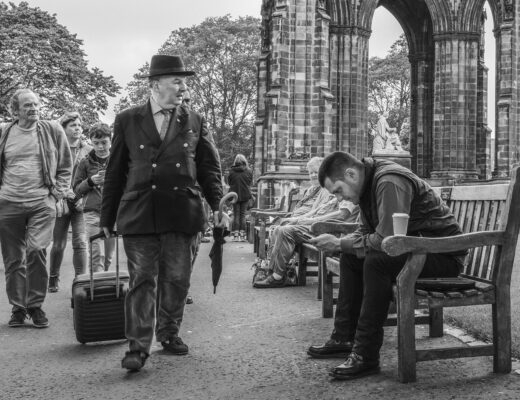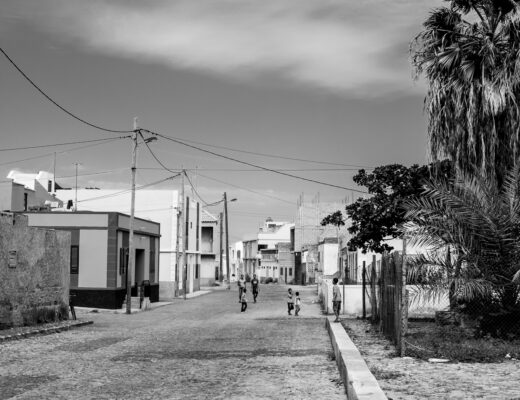It’s been 10 years since I shot my first bike races with a Fuxifilm X Series camera after a lifetime of using Canon. How have things changed in that time?
Spring 2013 and I’d been the frustrated owner of an original X100 for several months ever since it first came out. At that time, I was busy shooting bike races all over Asia, and was using Canon EOS cameras, as I had done since the early 1990’s. As much as I was reliant on the sure-fire Canon system and its hefty EF lenses, I was looking for a lighter alternative, mostly to carry on a bike and for travel – which was also a major part of my work. However, without going point and shoot (which I did on occasion), there were no serious mirrorless option available back then, apart from the new Fujifilm X-Pro1. But having had such a rough time with the X100, I concluded that it wasn’t an option – at least not yet.
Shortly after that, the X-E1 came around and I decided to give it a whirl, and in late 2013 I integrated it into my workflow, using it as a sidekick for shooting bike races. The following is a story that I wrote just before that transition about my experiences of a baker’s dozen or so years of shooting international bike races form the pillion of motorbikes Asia. Here is that original story, along with an update and conclusions from the present day.
Hold on tight and pray
Stumbling dehydrated into a strange, new hotel lobby whose name you don’t even know, there’s a 20kg backpack weighing heavy on your aching shoulders, two monster cameras around your sunburnt neck and you’re dragging a huge suitcase behind you (plus a bike bag, in my case). It’s time to try and get your room, along with the 250 or so other race riders, officials and cling-ons. You’re pretty much bottom of the list, so you step out of the fray and find a corner where you can pull out your laptop and start to do some work.
Everybody’s tired; they’ve just ridden a bike race and the officials have had to sit in dry, air-conditioned cars all day, bored stiff. Us, the photographers – well, we’re usually filthy and wet, and by this stage can hardly open our eyes after a day with grit and wind in our faces (you can’t use shades with a camera), and your ‘real’ work has not even begun.
Somebody comes across and asks if you can give them some photos for their website (and they ask every photographer on the race) – free of course, after all, “It’s only a picture.” It’s not like you’ve risked $15,000 worth of kit to get it and worked your underpaid skills for years to get to this point. You politely hint to them that while they’re having their dinner or massage, or watching TV, you’ll still be in the same clothes working your way through the 500-700 or so images that you’ve shot during the day – sizing, cleaning, captioning, backing them up and, of course, finding a way to get them all out to websites, sponsors or magazines that same evening. Either way, you know that anything you put out online that day will be hacked by the end of the day and on every imaginable Facebook page and then some.
The shower and the beer come somewhere after midnight, and then you get to clean and pack your gear before leaving the hotel at somewhere between 5 am and 8 am the following morning. They walk away with a frown. It’s all part of life as a race photographer.
These days, a huge chunk of my race work is from Asia as I’m based there. Things are a bit different here, especially when compared to Europe or Australia. In the major European races moto-pilots and their photographers are as one, often working together year-round. They have years of experience and know the game inside out. That situation rarely applies in Asia, and all too often you’re taking your life in your hands when you hop on the back of a strange motorbike with a leather-clad man with just one word of English in his vocabulary – “yes,” which can also mean no or maybe, or anything else for that matter.
At Asian races moto-pilots are mostly assigned to you by the organizers, often a different one each day and sometimes as an after thought. Many of them have little or no experience of this situation and are members of local motorcycle clubs or marshaling companies who can sometimes be a little over excited at the chance of riding at unrestricted-speeds on closed roads with their mates. And, of course, then there’s usually the language barrier – or blockade, as the case may be. Primitive forms of sign language are rapidly developed on start lines, regulations are, well, hinted at politely, and then you hit the road with a sense of fear and anticipation.
This is when you generally find out that your pilot doesn’t feel too happy getting close to the riders and has no idea of where to ride as the peloton swings from side to side so he hits the brakes. Riders yell and gesture, you hit the dirt as he panics and the commissaire blows his whistle at you – another close shave. In the Tour of Qinghai Lake (China) I spent a good portion of the race off road, which was quite unnerving.
Since Asian races are usually multi day ‘packaged’ stage races, you get to know the riders quite well, and mostly they can see and take note of the situation, whereas certain regular commissaires are far from understanding of the obvious plight and often see the media (apart from TV) as something of a burden, despite the fact that without you nobody would hear about these races.
A few years back, also in the Qinghai Tour, it was raining and snowing like hell in the mountains and my pilot was trying to descend with the riders but had no idea of how to take racing lines around the corners; the bike was sliding all over the road and we went off road twice. After a while I stopped him and climbed off, and hitched my way back to the finish in a following car. A day later he decided to hit 160kph on a bumpy concrete road through a town, showing off – or at least that was the speed when I closed my eyes and clung on for my life, with cameras strangling me as we hit the ruts.
In the meantime, back in the peloton, a team car swerves right instead of the regulation left, and a fellow cameraman and his pilot smack into the back of the car, going through the window and ending up impaled on the team tool kit…ouch. It’s a fairly regular occurrence and photographers sometimes get seriously injured or killed, yet you rarely hear about them.
In the Tour de Langkawi (Malaysia) a few years back, the break was climbing the biggest mountain in Asia and I was really close shooting a rider when he threw off his race cap. My moto pilot slammed on the anchors and jumped off in the middle of the road, the straining riders swerving around him as he ran for the souvenir cap. I could hardly believe it, until he did the same for a drinks bottle a few minutes later and we missed the finish. A few years later in the same race, just after the feed zone, my pilot veered off-road and started collecting souvenir musettes (feed bags) with his foot, while still moving. Angrily I explained that we needed to catch the race but we missed the finish again. Total silence.
On another national tour, where there were 30 moto-commissaires (which is typical in this region) but no moto-pilot for a photographer. Eventually I was given a moped and driver to follow the race. Five days, with transfers, an average six hours a day crammed on this underpowered beast, burning my legs on exhausts, unable to keep up with the riders on steep climbs or fast run-ins – perhaps the most uncomfortable week of shooting ever. In the Tour of South China Seas I was given a tiny moped to cover the race but it just could not match the speed of the race; we just kept circling and getting lapped, grabbing what I could as the riders sped by.
I’ve worked as official photographer on a number of tours in the Philippines, too, which is always interesting, as the race info rarely agrees with the actuality. During one race, my nervous pilot simply would not “go-go” when told to, preferring to hesitate. It became lethal, especially when the monsoonal rains hit on a narrow and windy coastal road while weaving in and out of the race convoy. We were tapping wing mirrors and bumpers – I was genuinely terrified. Halfway through this I was being signaled by an official; a small helicopter was waiting for me on a nearby beach to get aerial footage. Great, we did a U-turn and raced back. I ran through a bemused group of fishermen and strapped into what was best described as a kit-copter. It rattled out to sea but the storm was still in full blast so we were unable to come back to land. The fuel was also running out, so I was dropped in a remote paddy field and had to hitch hike 40km back to the finish without one single aerial race picture.
Tropical rain can be a huge issue in Southeast Asia, as it hits so hard and fast that everything gets washed out in seconds. In the days of film, things would dry out overnight but with digital, it’s a different matter; I’ve lost several cameras in just minutes while on the backs of motorbikes, which is an expensive occupational hazard of the digital era. When it rains there is rarely anywhere to hide, as it happens so fast.
I’ve covered races from mopeds, full on choppers, cars, helicopters and even microlites. At times it’s as scary as riding down Alpe d’Huez in the rain without brakes. But when you do see that one extra special image, the one that you know nearly cost you your life, then it’s worth it. Unfortunately that great arty image that purveys the culture and landscape as much as the race is rarely the one that the riders or websites like to see. They tend to flip to the bread and butter, passing over the wild horsemen for a clean finish line shot, which does make you wonder why you made it so tough on yourself in telling the bigger story.
Back to the future
I guess I should explain that you don’t simply rock up at a bike race and get on the back of a motorbike and start taking images, and some cycling photographers go through a whole career without ever having to close their eyes and hold on to their helmet. There are less than a handful of photographers allowed on motorbikes for obvious safety reasons, and apart from the odd occasion, these are generally highly experienced shooters who have been doing this for many years. There are several other photographers accredited but most work from the roadside. A few are allowed on the finish line, too, and they flip between accessible spots. As for the motorbike pilots, I have had some great ones in recent years and the odd one less so. But my thanks and respect go out to all of them, especially those who’ve had a week-long, stressed ear-bending from me.
Me? Well, like the Fujifilm system, I’m ten years older, although my personal kaizen hasn’t gone in the same direction as Fuji – such is ageing. I’m still in Asia but am shooting far fewer bike races. The rates and the marketplace have declined beyond recognition, and, thanks to digitisation, there are now far more photographers trying to break into it, most of whom learn that it’s not so lucrative after a while.
The races themselves? Yes, to some races there is still a ‘wild east’ feel, while others are now a little less so. Even so, on the occasions that I do still shoot from the saddle, I still sometimes find my helmet flipping off due to the speed, I still lose the odd contact lens and still end up eating grit. On reflection, I guess I wouldn’t have it any other way.
From using Fujifilm X cameras as a backup and on to shooting a mix of Canon and Fujifilm, to now shooting almost exclusively with Fujifilm, how different is the experience? The X Series cameras have come a long way for sure (as have all camera brands) but perhaps not in the way I personally would have hoped for. They are more than capable of producing great images in the right situations but in truth they are not really the best tools for this kind of work, as many colleagues have learned the expensive way. However, carrying them around has been a whole lot easier on my ageing old bones. Would I go the Fuji route again if I was switching today? For travel and general work, probably, yes. But for shooting bike races under pressure and from a moto, no. But then again, that was not the initial intention (just a hope).


